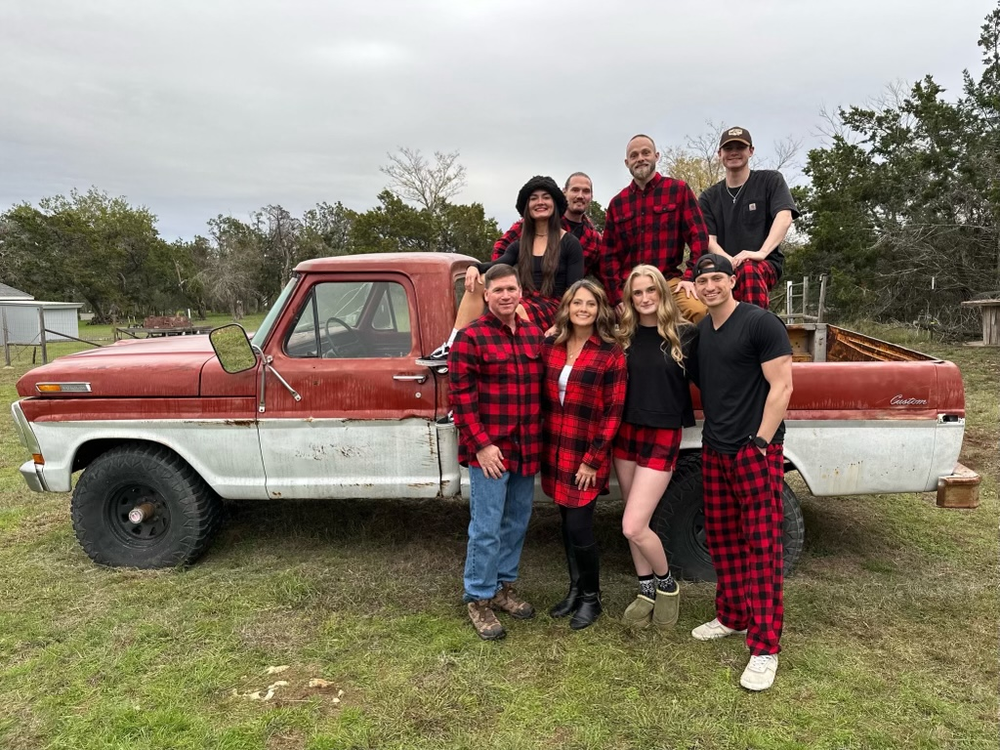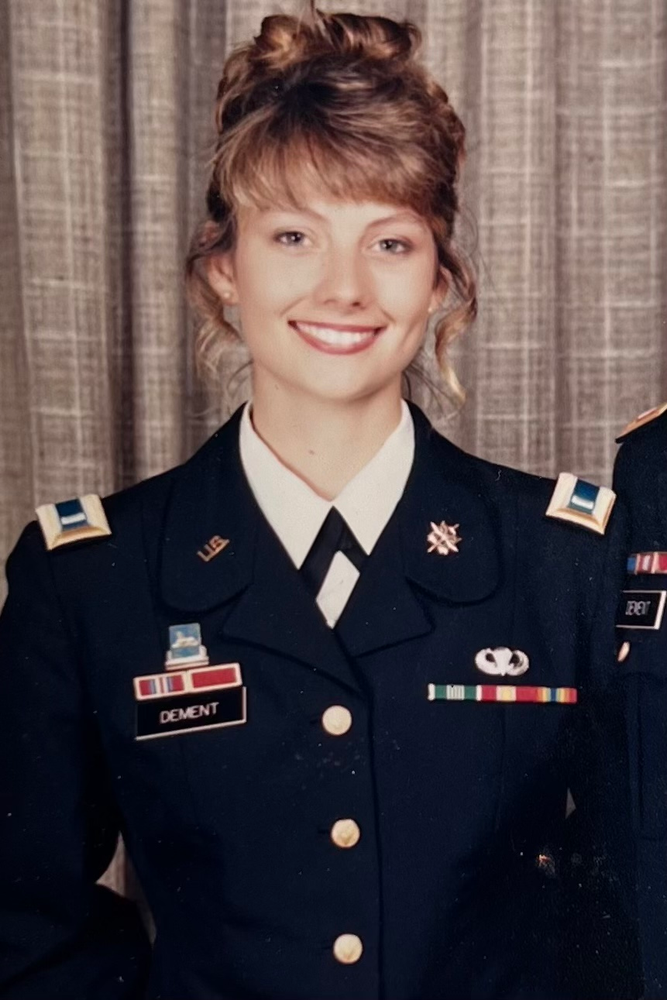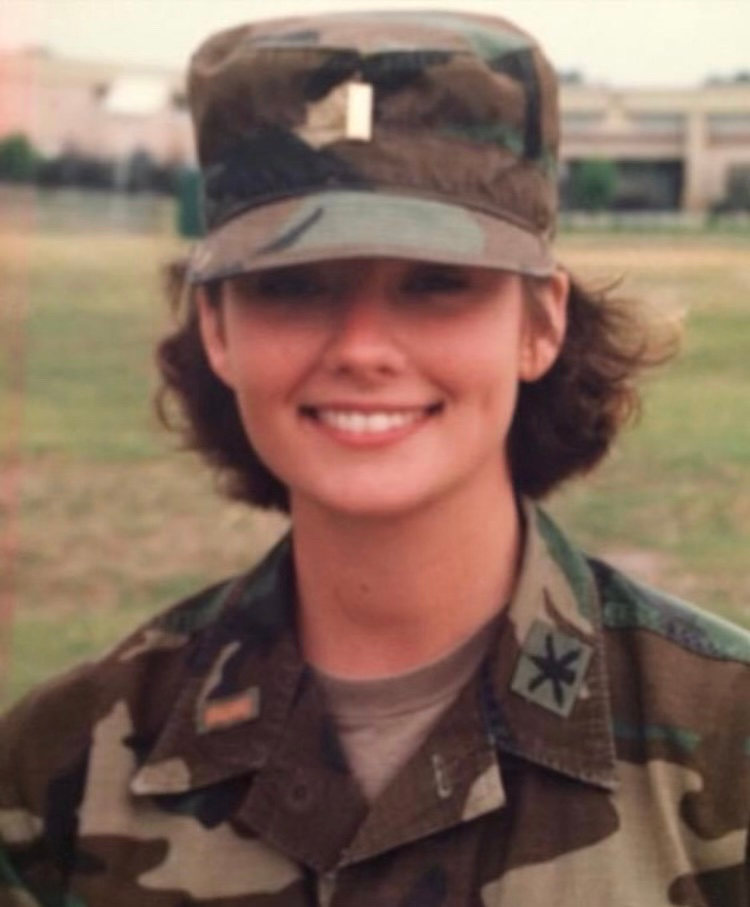Women’s History Month: Meet Angela Hart, Commercial Low Earth Orbit Program Manager
Angela Hart, manager of the Commercial Low Earth Orbit (LEO) Development Program, is leading NASA’s commercial strategy for low Earth orbit, which will provide the government with safe, reliable, and cost-effective services and enable the agency to focus on Artemis missions to the Moon in preparation for Mars. NASA will also continue to use low Earth orbit as a training and testing ground for those deep space missions.
In honor of Women’s History Month, we sat down with Hart to highlight her contributions to the Johnson Space Center and the agency.
2341.png?generation=1711044209999828)
Where are you from?
I am from Parkersburg, West Virginia but I was an army brat, so I have lived in over 10 cities before I went to college.
Tell us about your role at NASA.
I currently serve as the program manager for the recently established Commercial LEO Development Program Office, managing the implementation of the agency’s commercial LEO strategy.
What does your role involve?
The primary goal of my program is to facilitate the development of commercially owned and operated LEO destinations from which NASA, along with other customers, can purchase services and stimulate the growth of commercial activities in LEO. It also includes a focused effort to maintain a continuous U.S. human presence in LEO – with both NASA astronauts and private citizens. This strategy will allow the agency to maximize its resources toward missions beyond LEO while still having the ability to utilize LEO for its ongoing needs.

How long have you been working for the agency?
I joined NASA in 1996, leading pressurized cargo integration planning for the International Space Station Program.
What was your path to NASA?
Prior to joining NASA, I attended Cornell University in Ithaca, New York, earning a bachelor’s degree in operations research and industrial engineering in 1988. I briefly worked for General Motors before serving on active duty in the U.S. Army as a Hawk missile air defense artillery and military intelligence officer. My last military assignment was in Austin, Texas as an intelligence analyst for a Texas National Guard counterdrug task force which led me to being hired as a criminal investigator for the U.S. Food and Drug Administration. My husband and I both decided to move to Houston, Texas, and work for NASA in 1996.

What does diversity, equity, and inclusion mean to you? How does it guide you in your work at NASA?
Diversity, equity, and inclusion are super important to the vision and goals I have for the Commercial LEO Development Program. At a strategic level, our work to foster commercial destinations in LEO is a critical component in expanding diverse and equal representation in space, opening opportunities and experiences to many new demographics. Tactically, we are already seeing this expansion in the new stakeholders and astronauts brought to the International Space Station through the Private Astronaut Missions. Internally, the program is reaping the benefits of a diverse workforce, allowing for new ideas and experiences to weigh into how we commercialize traditional government roles and find completely new ways of doing business with industry as one of many customers.
What does Women’s History Month mean to you?
This month really highlights the women in the past and the doors they have opened for us all. I am always reminded of their accomplishments and sacrifices, and I strive to represent my peers and our past leaders well. It’s both an honor and a responsibility to be a part of NASA’s women workforce.
Is there someone in the aerospace or science industry that has motivated you or inspired you to work for the space program? Or someone you discovered while working for NASA who inspires you?
As a child, I was definitely a science and math lover. I devoured anything space and science fiction related, especially with female heroines. I have had the pleasure of working for several great female leaders at NASA who have mentored and supported me in different ways over the years including Suzan Voss, Marybeth Edeen, Kathy Lueders, and Vanessa Wyche. Prior to my time at NASA, I had a number of female leaders in the military that inspired me to work hard, be confident, and take my place at the table.

What is your favorite NASA memory?
Wow. That’s hard. There are so many NASA memories to pick from. I think my two most fond memories are both during real-time operations: Refusing to leave work and complete my console shift while I was in labor with my youngest child and the culmination of a lot of work and leadership required to successfully complete the first SpaceX Dragon crew spacecraft demonstration mission.
What do you love sharing about commercial LEO? What’s important to get across to general audiences to help them understand the benefits of commercialized space?
As NASA goes beyond LEO back to the Moon and on to Mars, it is critical that we do not lose U.S. leadership in LEO. The commercial resupply and crewed program are a huge credit to NASA’s foresight and strategy to work with commercial industry and expand U.S. influence in space. Commercial LEO destinations are the next logical step in that journey.
2341.png?generation=1711044553642838)
What are your hobbies/things you enjoy outside of work?
Outside of work, I enjoy spending time in the country with my family and upcycling furniture and finds. My four children are grown, and I am still going cold turkey from the loss of children’s organized sports – I am waiting on grandkids.
For more information about NASA’s commercial low Earth orbit strategy, visit:







